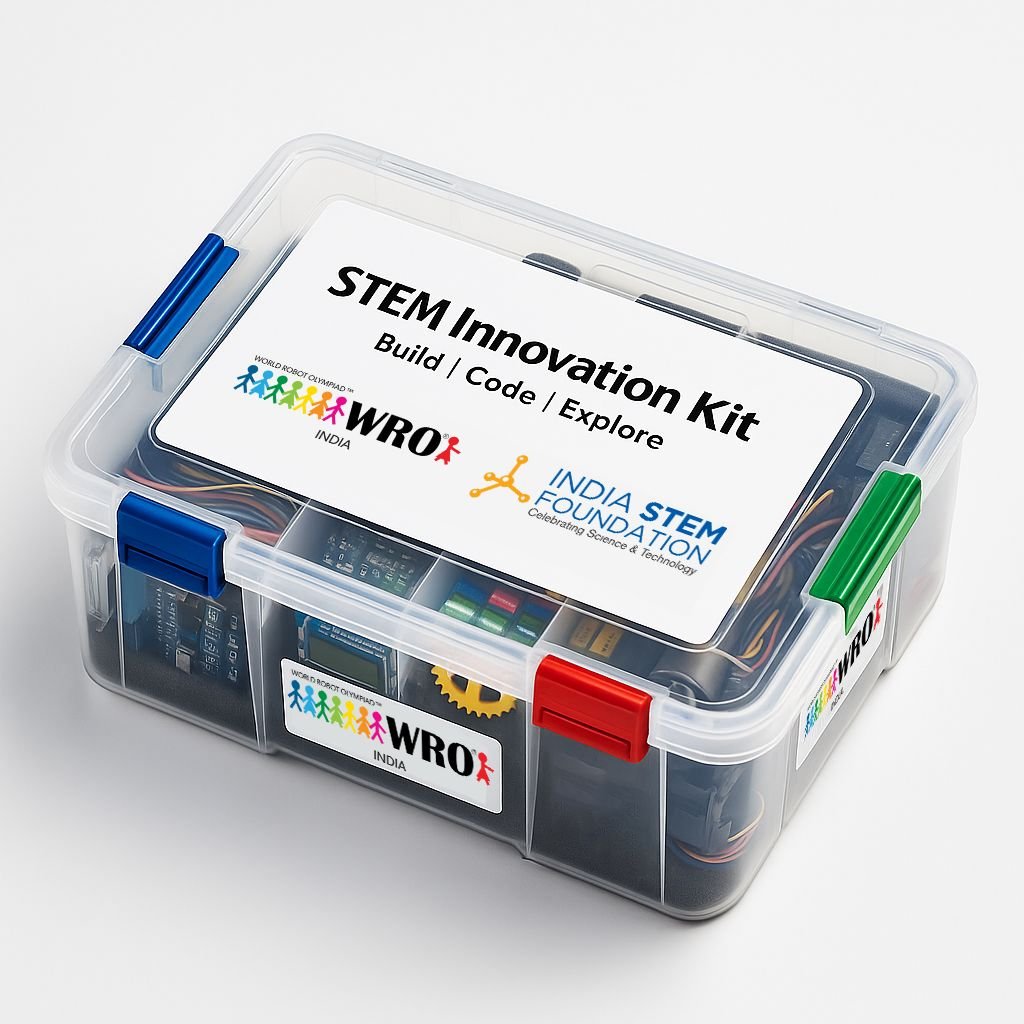Science, Technology, Engineering, and Mathematics, or STEM, has become more significant in today’s world. It addresses the pressing demand for highly trained workers in sectors of the economy that are key to technological advancement, innovation, and growth. Students who receive a STEM education are better equipped to handle challenging situations, keep up with the latest technological advancements, and advance society.
In an age of rapid technological advancement, STEM education is now essential. Students get critical thinking abilities from it, which inspires them to research, assess, and find solutions to problems in the actual world. Additionally, STEM promotes qualities like creativity, flexibility, and teamwork—all of which are essential in today’s competitive and internationally integrated labour market.
The Significance of STEM Education
There are several advantages to teaching STEM to kids, which may help the country as a whole. First of all, it fosters the early development of vital abilities like creativity, critical thinking, and problem-solving. The groundwork for future academic and professional activities is laid by this fundamental learning experience.
Second, kids may learn about the wonders of science, technology, engineering, and math in fun and participatory ways by participating in STEM education. This increases interest, pushes for experimenting, and makes discoveries easier, which deepens our grasp of how the world works. Exposing kids to STEM courses helps them develop resilience and flexibility, preparing them for a career that is continuously changing due to technological innovations. In addition, teachers are essential in helping kids develop and grow their STEM abilities and making sure they are proficient in these important areas.
The Foundation of STEM Education
Empowerment via Education: STEM initiatives prioritize education as the cornerstone of their work. They constantly effortlessly enhance STEM education in schools, universities, and other institutions. This entails updating the curriculum, improving instruction, and providing teachers with professional growth opportunities. Giving educators access to the most recent data and resources will enable them to share their passion for STEM subjects with their students effectively.
Access and Inclusivity: These courses acknowledge that everyone should have access to STEM education, irrespective of gender, socioeconomic status, or place of residence. They aggressively promote diversity by taking down obstacles to involvement. Increasing the number of STEM enthusiasts means providing underrepresented groups with resources, scholarships, and mentorship programs.
Encouraging Research and Innovation: STEM programs acknowledge that the cornerstones of growth are innovation and research. They heavily emphasize experiential learning, critical thinking, and creative thinking while utilizing various crucial strategies to foster an innovative culture.
Practical Experience: STEM courses strongly encourage practical experience. This involves providing researchers and students access to state-of-the-art facilities, tools, and technology. Practical experimentation may give valuable insights into engineering concepts and scientific issues. Students gain knowledge not just from textbooks but also by actively engaging with their study materials and tasks.
Creative Thinking: Creative thinking typically leads to innovation. In an environment fostered by STEM endeavors, people are encouraged to think creatively and beyond the box. They help with assignments and projects that call for creative problem-solving. STEM fosters creativity and produces ground-breaking innovations by challenging people to see challenges from fresh angles.
Critical Thinking: Critical thinking is another cornerstone of creativity and research. The ability to think critically and analytically is highly valued in STEM courses. We teach researchers and students to examine evidence, question presumptions, and form reliable conclusions. It takes this mentality to study and develop original answers to difficult problems thoroughly.
Mentoring and advising: STEM initiatives often pair aspiring researchers and students with knowledgeable mentors. These mentors offer guidance, impart information, and provide crucial insights. Mentorship schemes foster innovation and give prospective innovators a haven.
Benefits of STEM and Hands-on-learning
Experiential learning has emerged as a crucial pedagogical approach to provide students with the competencies required to thrive in the rapidly evolving 21st-century technological landscape. Hands-on learning, also known as experiential learning, offers a number of benefits that are essential for navigating the complexity of today’s world.
It encourages active involvement by allowing students to make a direct connection with the contents and concepts. Active participation enhances comprehension and retention, which ensures a deeper understanding of the subject matter. In addition, hands-on activities foster critical thinking, creativity, and problem-solving skills—all vital attributes needed to stay up with the ever-developing area of technology. Hands-on learning encourages cooperation and communication among students as they work together to solve problems and complete projects. These are the types of people skills that are necessary in today’s collaborative work environments.
Use of Practical Education
The goal of the India STEM Foundation is to cultivate these essential skills. To that aim, they provide programs including Savrachna, Gyanodya, Anushiksha, and Robo Shiksha Kendra. In addition, the foundation provides annual sponsorship for the WRO National Championship, which allows competitors to showcase their skills.
STEM projects place a strong emphasis on data literacy because they acknowledge the importance of technological skills and data literacy in today’s environment, where data is valued more than ever in the digital age. The development of data literacy skills—which include the ability to properly acquire, analyze, and understand data—is a top priority for STEM programs. Learning to see patterns and make inferences is a critical skill for participants since it is essential for many STEM fields where settings rich in data are the norm. Furthermore, proficiency in programming and coding is necessary for many STEM areas. These proficiencies empower people to innovate and improve their problem-solving abilities by enabling them to develop software, devise algorithms, and automate procedures. STEM emphasizes that in order to stay relevant in a rapidly evolving technology context, people must be adaptable and willing to try new things.
To Sum up, In a culture that is becoming more and more reliant on technology, STEM education is essential to meeting the need for competent people. It equips pupils with the critical thinking and adaptive skills they need to overcome obstacles and spur creativity. STEM gives people the practical knowledge and skills they need to succeed in a work market that is changing quickly. This keeps them competitive and ready for the possibilities and challenges that lie ahead.




